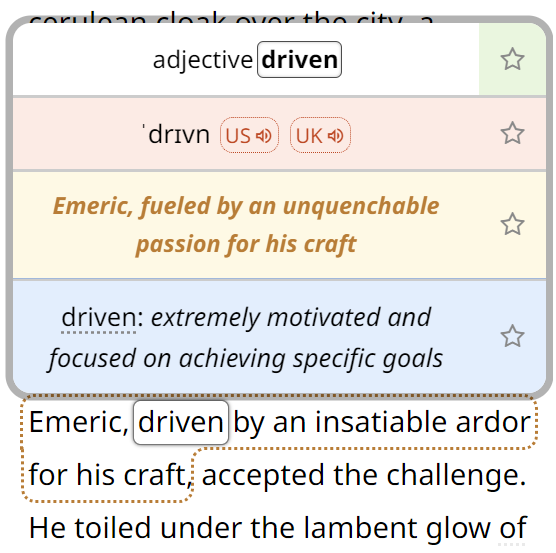Most languages don’t require a comma before “and” when it joins two independent clauses, but writing a comma before “but”, “so”, and other conjunctions is quite common. In English, however, there is no difference between “and” and other conjunctions in terms of commas—if they join two independent clauses, you should almost always write a comma:
 Tip: Are you a non-native English speaker? I have just finished creating a
Tip: Are you a non-native English speaker? I have just finished creating a  Web App for people who enjoy learning by reading. Make sure to check it out; there's a lot of free content.
Web App for people who enjoy learning by reading. Make sure to check it out; there's a lot of free content.
I wrote “almost always” because it is usually considered acceptable to omit the comma when both clauses are very short, e.g.
The solution seems to be simple: Just write the comma every time, and you cannot be wrong. But, there is a catch. When “and”, “but”, and other conjunctions separate just two words, not two clauses, we don’t use a comma, as in
The problem is that verbs are also just words. If a conjunction connects two verbs in a single clause (that is, if there is only one subject), there is no comma before it:
This can get confusing when the sentence you analyse is long. As long as there is no subject in what seems to be the other clause, you shouldn’t use a comma:
Theoretically, you could avoid this situation by repeating the subject, but this can hardly be recommended; you will certainly agree that the following sentence sounds a bit clumsy:
This sentence may be grammatically correct, but the variant without the second pronoun sounds much more natural.
By the way, have you already seen my brand new web app for non-native speakers of English? It's based on reading texts and learning by having all meanings, pronunciations, grammar forms etc. easily accessible. It looks like this:

